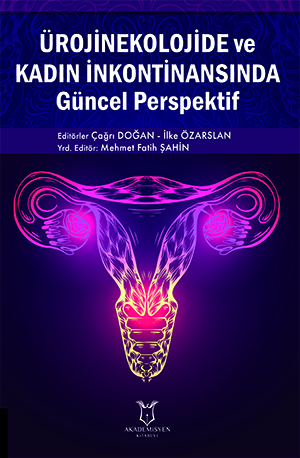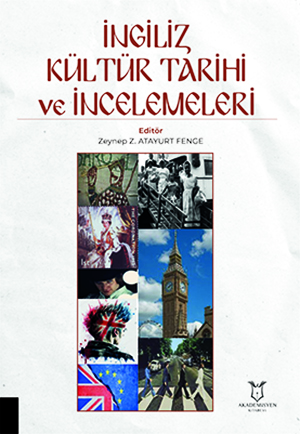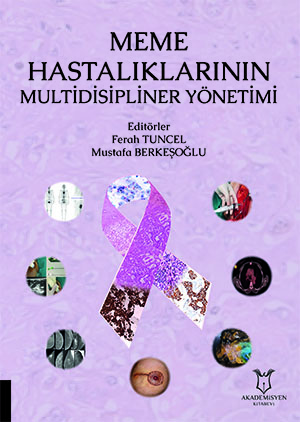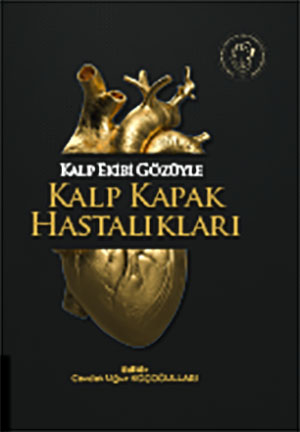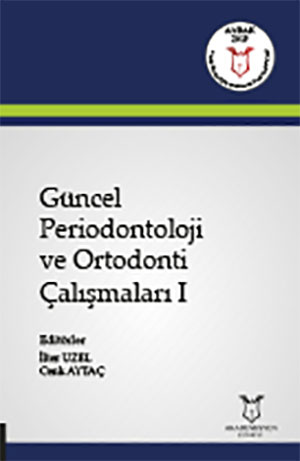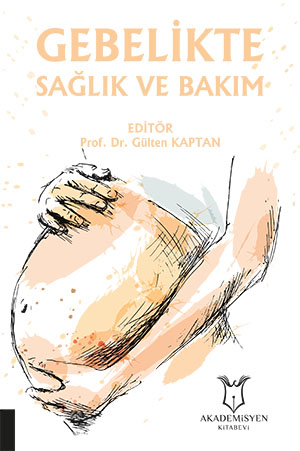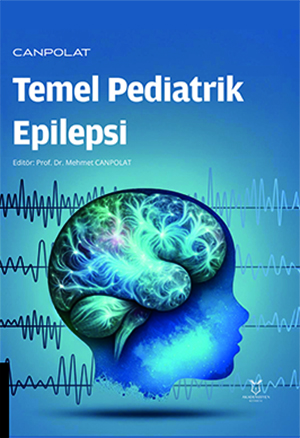After the establishment
of the Çallı Art Group in 1923 and the Müstakiller Community in 1928, the
effects of European art movements such as Expressionism, Fauvism and Cubism on
Turkish art began to be seen. Thus, the interaction between Western culture and
Turkish art leads to a synthesis, bringing together national and regional art
with western influences, creating a natural and solid basis for artistic
interactions and art movements. Later, art groups such as D Group, Yeniler
Group and Black Kalem Group contributed to Turkish art in its evolution, and
these groups introduced socialist realist influences as well as traditional
motifs, Cubism and abstract art, leading to the emergence of different artistic
expressions in Turkish contemporary art. Although the Black Kalem Group,
founded in 1961, aimed to offer a new perspective on national and regional
contributions to Turkish art by bringing together different artistic styles and
approaches, but it did not last long. The individual
contributions of the leading artists of these groups, such as Malik Aksel,
Turgut Zaim, Nuri İyem, Selim Turan, Ferruh Başağa, Avni Arbaş, Lütfü Günay,
Cemal Bingöl, İsmail Altınok and İhsan Cemal Karaburçak, also attract
attention. They opened their first exhibition in Vienna and Klagenfurt with the
support of Austrian sculptor Franzz Luby. Even though these artists had
different styles of work, they did not receive the expected attention. In this
group, Lütfü Günay and Cemal Bingöl draw attention to their work. The group
disbanded with the exhibition held in Ankara in 1965. The group was not
conveying a common artistic vision, purpose or message in the last exhibition.
One of the reasons why the members came together was the workshops organized by
Cemal Bingöl in the "Helikon" Association at that time. During this period, groups preferred to
contribute to an effort with their free tendencies, rather than uniting around
a certain artistic problem.
Bu kitabın bölümleri bulunmamaktadır.
Atıf Sayısı :














